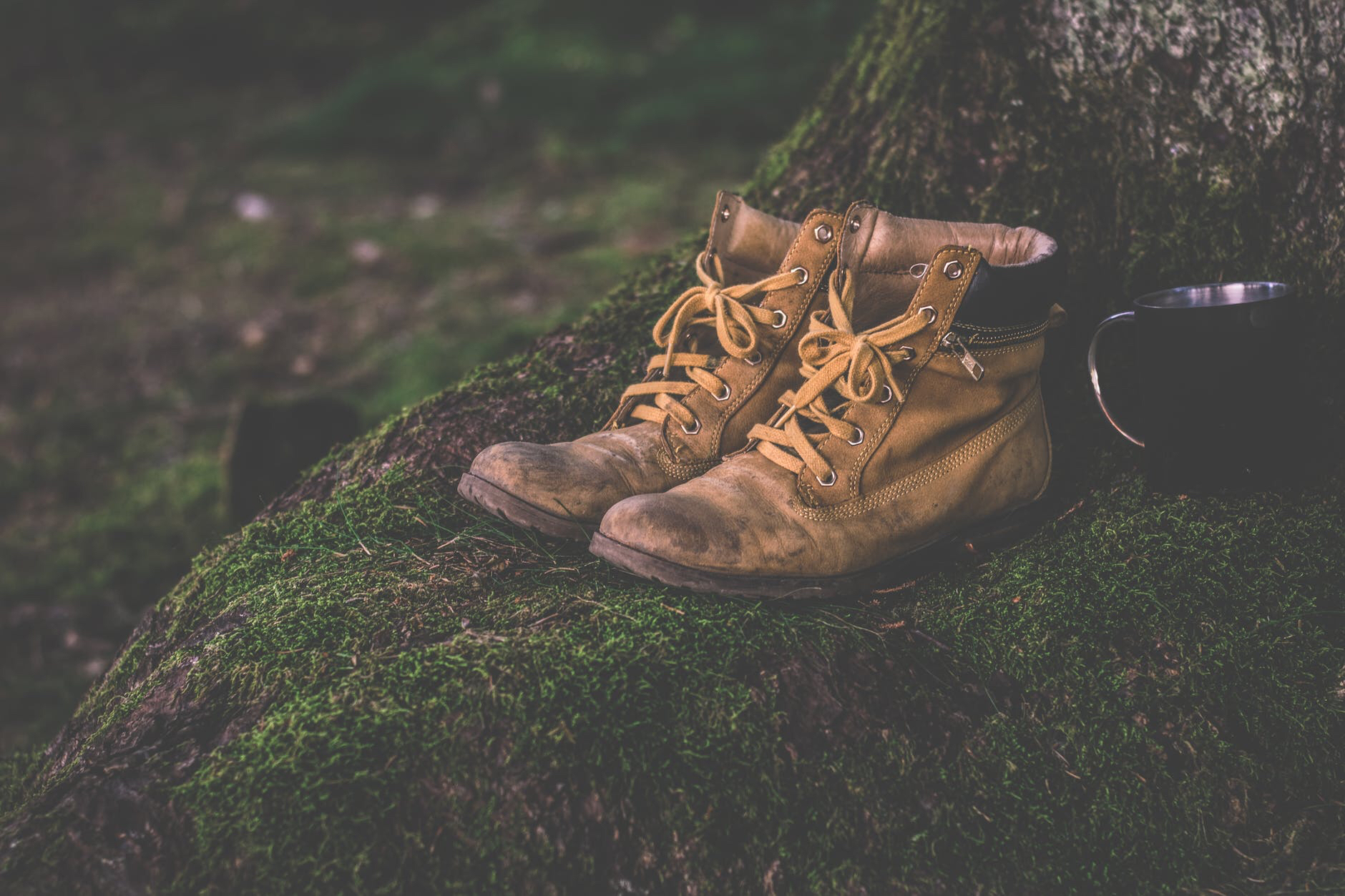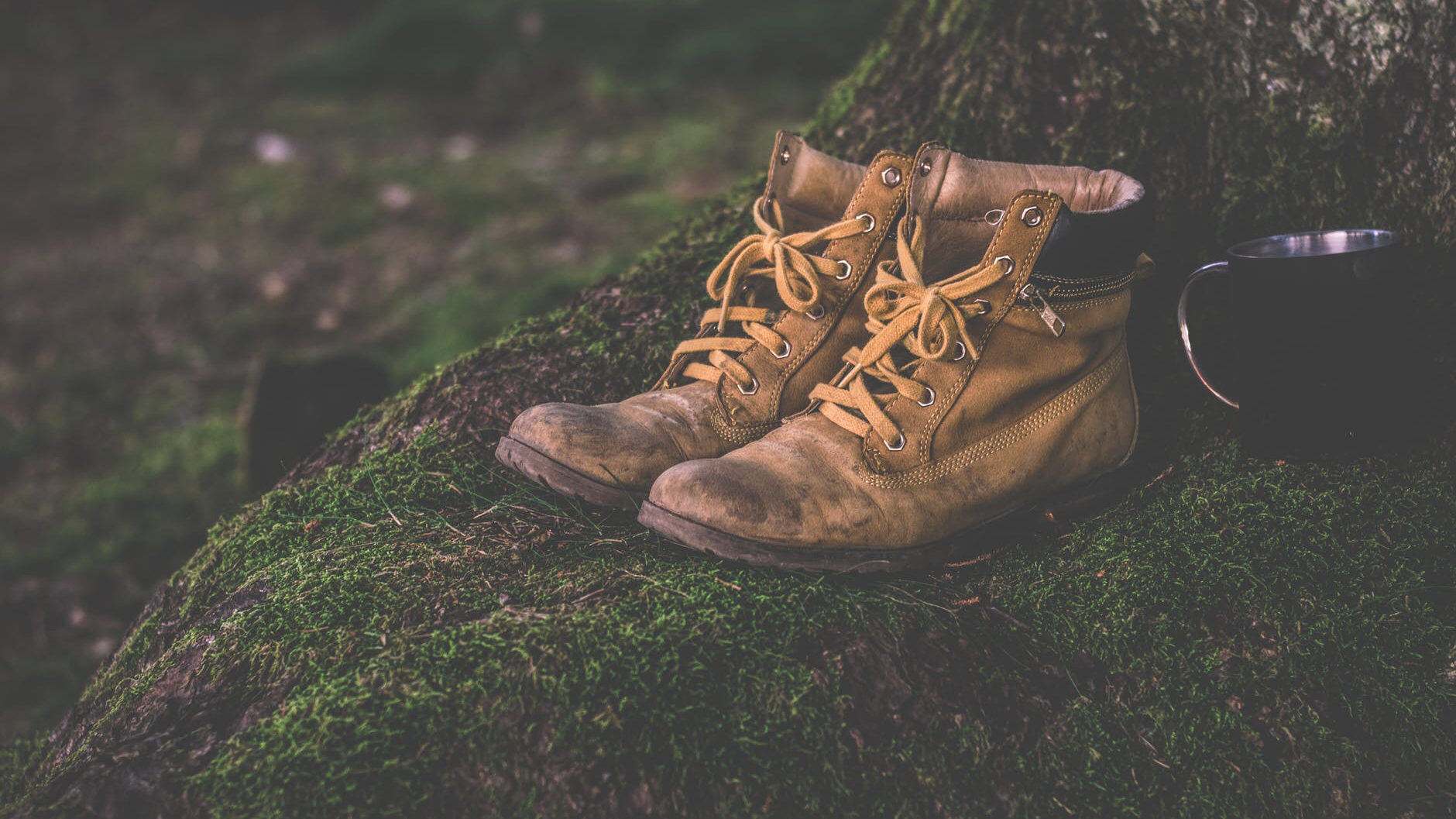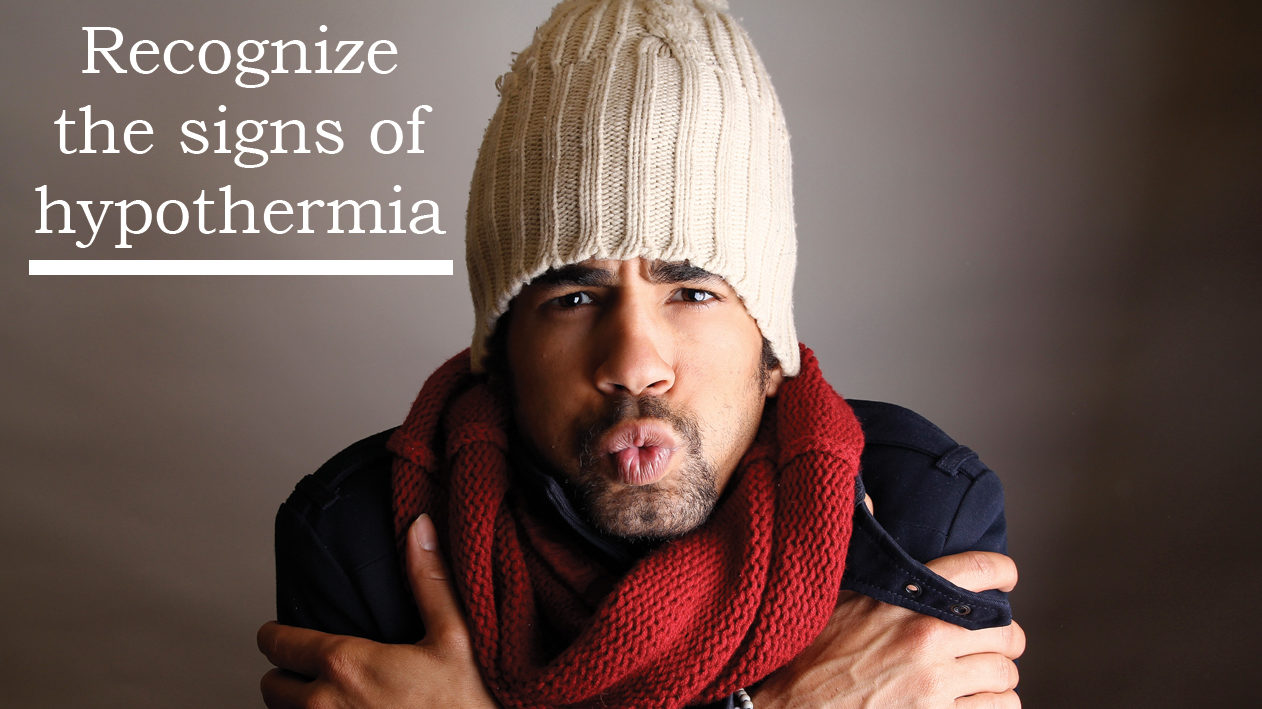Prevent blisters while hiking – Hiking is a popular sport that takes people into the great outdoors on a regular basis. Hiking over varied terrain and up inclines and down declines is a great way to push the cardiovascular system and build up muscles in the lower body.

There are many opportunities to have a wonderful time out on the open trails. However, there are also chances for injury if hikers are not cautious. Perhaps surprisingly, one of the most prevalent hiking-related injuries also is one of the smallest. Blisters can sideline hikers and even lead to infection if allowed to fester.
The Victoria State Government’s Better Health Channel states that a blister is a small pocket of fluid in the upper skin layers and is a common response to injury or friction. Blisters can be filled with serum, plasma, blood, or pus, depending on how and where they form, states Medical News Today. The purpose of a blister is to protect and cushion the layers of skin below the epidermis and to stop further damage to allow the tissue time to heal.
Despite the temptation to pop blisters, it is best to leave them intact to protect against infection in the underlying skin areas. Preventing blisters from forming allows hikers to enjoy comfortable hikes again and again.
According to Podiatry Today, high skin temperature and sweat exacerbate friction that can increase the chances of developing a blister. Therefore, choose socks that will wick away moisture, such as those made from wool or other breathable materials, rather than cotton. A study conducted at the University of Missouri-Columbia found that people who wear all-cotton socks are more likely to form blisters. Foot powders can dry out moisture even further and prevent the wrinkled, pruned skin that will easily chafe.
Another way to prevent blisters is to reduce the chances for friction. Thicker, more cushioned socks can reduce friction, as can high-quality, well-fitting hiking boots. Shoes that are too large or too small will create friction and discomfort.
Pack along a breathable, sticky bandage tape that can cover up hot spots on toes and heels in a pinch. Several times on the trail, take a seat and allow the feet to rest and air out. Change socks as needed to remain comfortable.
Blisters can sideline seasoned hikers and amateurs alike. Preventive measures can help hikers stay out on the trails.
Compliments of MetroCreative. EL196993
About the Author
Discover more from Courageous Christian Father
Subscribe to get the latest posts sent to your email.




Good article. Let me add that toe socks help as well as wearing hiker shoes at least a half to one size bigger than normal – this accounts for swelling feet during multi-day/long term hiking.
Awesome thank you. Toe socks seem like they’d be weird to wear.